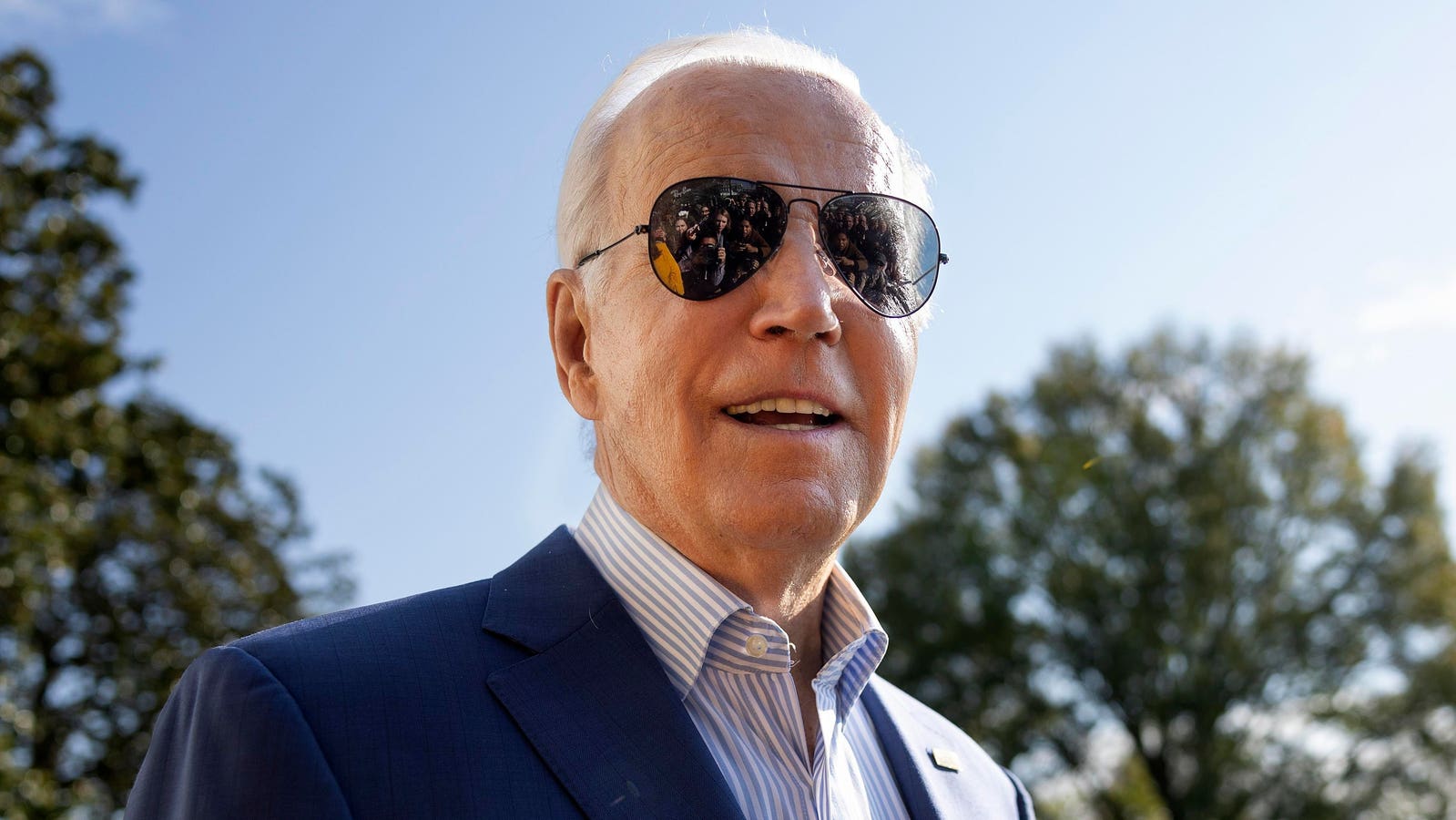The Biden administration has implemented new rules governing a well-known student loan forgiveness program for borrowers who work in the nonprofit and public sectors.
The updated regulations simplify the definition of full-time employment. The changes also expand the program to include certain occupations that previously had been excluded from loan forgiveness. And the new rules are already live.
Student Loan Forgiveness Under PSLF
Public Service Loan Forgiveness is geared towards borrowers working in nonprofit or government positions. Those who make 120 qualifying monthly payments — the equivalent of 10 years — can receive complete federal student loan forgiveness.
The original PSLF rules were fairly strict when it came to defining what counted as qualifying employment or a qualifying payment. To start, only payments made on Direct federal student loans under a 10-year Standard plan or Income-Driven Repayment plan could count. And only full-time, direct W-2 employment for qualifying organizations (mostly 501(c)(3) organizations and government entities) was eligible. To meet PSLF requirements, borrowers had to be considered “full-time” by their employer while working at least 30 hours per week or more.
Waivers Have Provided Expanded Student Loan Forgiveness Through PSLF
During the last two years, the Biden administration established two temporary programs intended to expand access to PSLF and address historical problems with the program, such as rampant misinformation and poor administering by both the government and its contracted loan servicers.
These initiatives — the Limited PSLF Waiver, which ended last fall, and the IDR Account Adjustment, which is ongoing — relaxed the strict rules governing what constitutes a “qualifying payment.” The waivers have allowed many past periods of repayment, deferment, and forbearance that had been rejected to now count toward loan forgiveness under PSLF. So far, more than 700,000 borrowers have received student loan forgiveness through PSLF under these waiver initiatives — more than a 100-fold increase compared to earlier years.
But with some minor exceptions, the waiver and account adjustment did not do much to alter what is considered qualifying PSLF employment. To make changes on that front, the Biden administration opted to update the regulations governing the PSLF program.
New Rules Expand Qualifying Jobs For Student Loan Forgiveness
The Biden administration enacted new PSLF regulations on July 1. These rules update the definition of qualifying employment in three key ways, expanding pathways to student loan forgiveness for key groups of borrowers:
- Simplified definition of full-time employment. Under the previous rules, borrowers had to work an average of 30 hours per week, and their employer had to consider them to be full-time. Under the new PSLF rules, “full-time employment is working for a qualifying employer(s) for a weekly average, alone or when combined, equal to at least 30 hours, during the period being certified,” or “throughout a contractual or employment period of at least 8 months in a year” (such as for teachers), according to Education Department guidance. It no longer matters whether or not an employer actually considers the borrower to be “full-time” by their own internal definition.
- Contractual employment can now qualify for student loan forgiveness in certain circumstances. Previously only direct, W-2 employment for a nonprofit or government employer could qualify for PSLF. Contractual employment did not qualify under any circumstances. But under the new rules, “an exception exists if you work in a state that has laws that prevent an otherwise qualifying employer from hiring employees directly to fill positions or provide services.” For example, certain states have laws that prevent nonprofit or public health facilities from hiring certain types of employees directly. Instead, they are hired as contractors. Under the new PSLF rules, these individuals may now be eligible for student loan forgiveness under PSLF, even though they are not W-2 employees of qualifying organizations.
- Adjunct faculty can more easily qualify for student loan forgiveness. The previous PSLF rules made things tricky for adjunct faculty, as institutional employers sometimes only certified the number of teaching or credit hours taught, leaving workers well short of the 30 hours per week needed to qualify for student loan forgiveness. Under the new rules, an adjunct or non-tenure-track faculty member can qualify for PSLF if they reach or exceed 30 hours per week by multiplying each credit or contact hour taught per week by a factor of 3.35.
Employment involving religious instruction, worship services, or proselytizing also can count as qualifying PSLF employment under previous rule changes that went into effect in 2021.
Other Changes To Student Loan Forgiveness Rules
In addition to the expanded regulations governing qualifying employment, these PSLF rule changes also will allow more periods of repayment, deferment, and forbearance to count toward student loan forgiveness.
And last month, the Education Department unveiled a new safe harbor feature. Under this rule, borrowers will be able to “buy back” certain previous loan periods that were determined to not qualify toward student loan forgiveness under the PSLF program.
Further Student Loan Forgiveness Reading
8 Hardships Could Qualify For Automatic Student Loan Forgiveness Under Biden Plan
2.9 Million Borrowers Will Not Have To Pay Their Student Loans Under New Biden Plan
Major Student Loan Forgiveness Deadline Nears, But Could Get Extended
5 Student Loan Forgiveness Updates As On-Ramp Begins And Problems Worsen
Read the full article here













